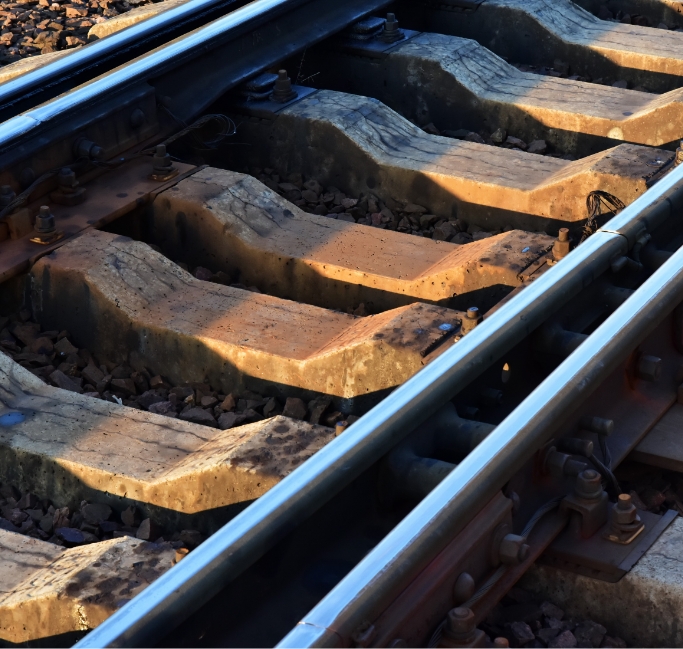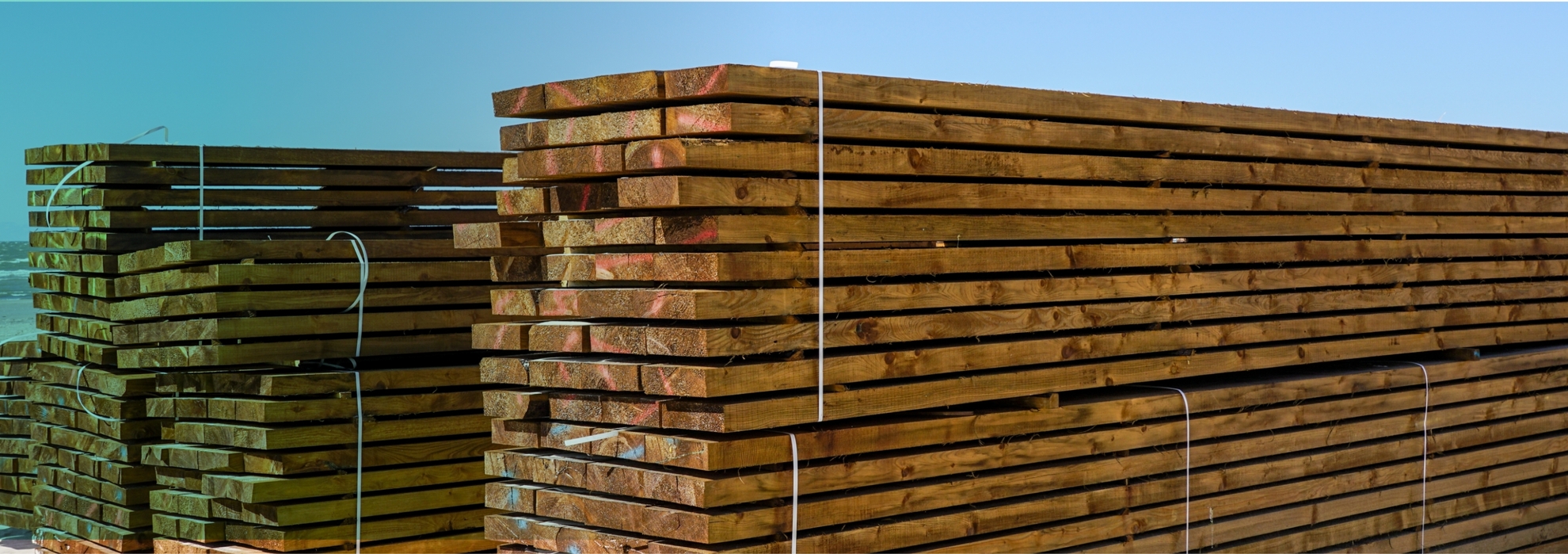This customized formulation is a superior sprayed sealant designed to protect both porous and non-porous surfaces.
The sprayed application on concrete and exterior wood surfaces, corrugate liner board, molded pulp products and other fiberous surfaces will create a hydrophobic barrier to protect against the harmful effects of water, grease, and other natural elements.
This 100% natural barrier will replace the current use of petroleum, wax and other harmful sealants used in these sectors.
The replacement of these harmful chemical sealants will help to support the circular economy and promote sustainability.
Creosote

Creosote is a general term for coal tar creosote, coal tar, and coal tar pitch. Creosote is applied to railroad ties, utility poles, pilling, and timber bridge to provide biodegradation protection. Over 95% of railroad ties produced in the United States are impregnated with creosote. The primary chemicals in creosote composition are polycyclic aromatic hydrocarbons (PAHs) and phenols. Approximately, 20–40% of creosote total weight is attributed to sixteen PAHs, which are major pollutants and potential carcinogens.
Each form of packaging uses a lot of resources like energy, water, chemicals, petroleum, minerals, wood, and fibers to produce. Its manufacture often generates air emissions including greenhouse gases, heavy metals, and particulates, as well as wastewater and/or sludge containing toxic contaminants.

